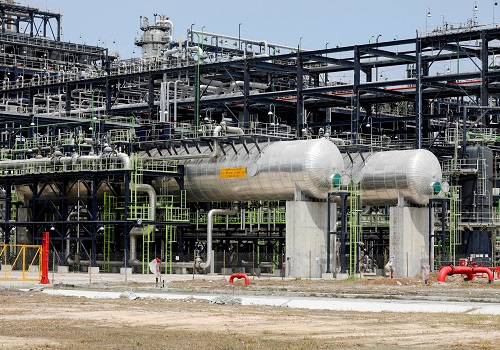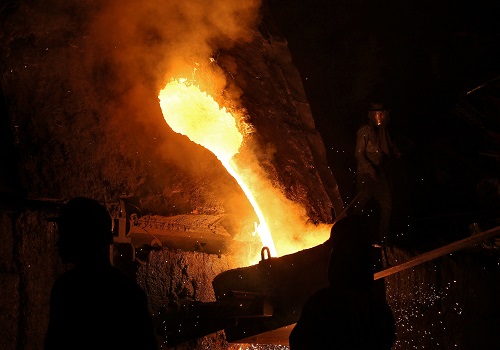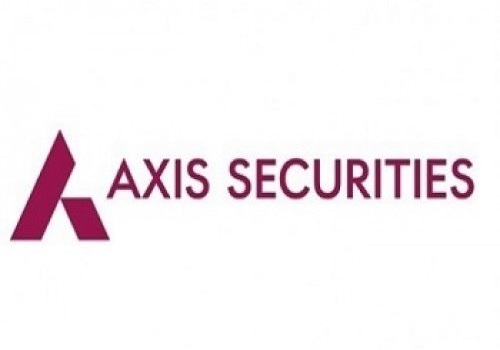Solar Sector August 2025 : Integrating to Differentiate, A Solar Module Equation by SBI Capital Market
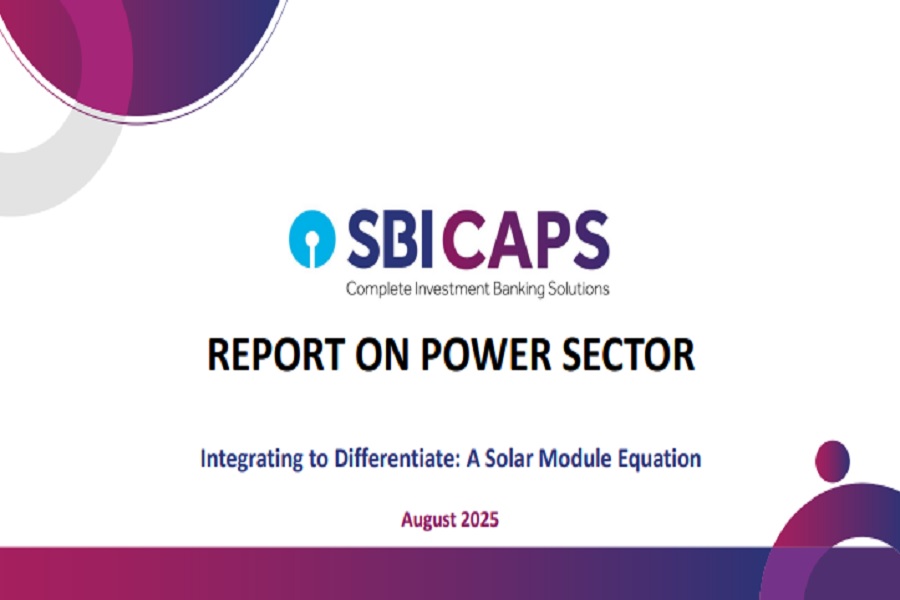
India’s mature module ecosystem now sufficient to meet domestic needs, but will evaporating export opportunities cause oversupply in the medium term?
Owing to a concerted governmental push through PLI and ALMM schemes and a favourable global environment, module makers have greatly expanded their capacities in the past 2 years to the ~100 GW mark. This addition has been absorbed with alacrity as solar additions rose 60% y/y in FY25 to ~24 GW, necessitating a demand for ~50 GWdc of modules. Additions are set to hover ~40-50 GW in the coming years to achieve targets, needing a steady state capacity of 100 GW of modules. Hence, the ~190 GW expected to be installed by 2027 could contribute to an oversupply considering reduced scope for exports due to actions by the US in removing incentives for solar projects. Players who want to take advantage of the lucrative market would look to set up onshore facilities, with a distinct advantage for early movers as the US market is also building up indigenous upstream capacity
Cell capacities to exponentially rise in the medium term as launch of ALMM-II provides a shot in the arm
Contrasting the maturity in modules, cell capacity in India at under 30 GW remains insufficient. This is where the introduction of ALMM-II for cells is a boon. The order mandates use of only cells from enlisted makers for projects for which bid submission is after 31 Aug’25. Additionally, only ALMM cells and modules may be used for projects benefitting from net metering or open access rules, a move which will open up the significant C&I market to domestic players. Planned capacity additions promise to take up cell capacity to close to self sufficiency in the medium term. In the interim, the higher price for DCR cells this could push up the cost of projects till the supply-demand dynamics re-adjust, potentially reducing bid enthusiasm. The clarity provided on the timelines which exempts ~100 GW of projects bid out from Dec’24 onwards will give time for this readjustment to occur, preventing undue price spikes.
Wafer and polysilicon capacities are some years away; careful evaluation needed on degree of integration desired
Further up the value chain, presence of domestic players remains negligible, with China ruling the roost. The target to achieve nearly 40 GW wafer capacity by Mar’27 is admirable, but on ground movements to meet the lofty target seems moderate. The order clarifying that the use of only blue wafers will qualify cells to be classified as domestic provides a fillip, but more needs to be done. The Chinese action to shutdown nearly a third of its polysilicon capacity makes the case stronger for more domestic facilities, though no capacity exists presently
Spiking polysilicon prices squeeze the margins of global players as most are only integrated from wafer-module
In recent weeks, polysilicon prices have spiked by 35-40%, with only a portion trickling down to wafers and cells. Module prices remain unmoved. This indicates that the margins of mid- and down-stream players is getting eaten up. This trend means that most global players (with Tongwei being a notable exception) have seem EBITDA margins plummet due to their integration only from wafer-module stage. In this context, India’s PLI which provides incentive for integration from polysilicon to module is unique since most global players are integrated from wafermodule only, leaving them exposed to fluctuations in polysilicon prices.
Indian players have outperformed global players on returns due to favourable domestic and global regulations
The margin and growth profile of Indian companies remains meaningfully superior to that of international counterparts. Domestic Integrated manufacturers are likely to remain better placed over the medium term, given their ability to manage input costs and benefit from tight cell supply–demand conditions. In contrast, standalone module makers may see more variability in returns, prompting many players to diversify into adjacencies such as inverters, IPPs, and battery storage. While current policy support and surging renewable demand provide a ‘golden period,’ the longer-term question is whether industry dynamics eventually resemble those of the steel sector—where returns are cyclical and heavily policy-influenced
Above views are of the author and not of the website kindly read disclaimer




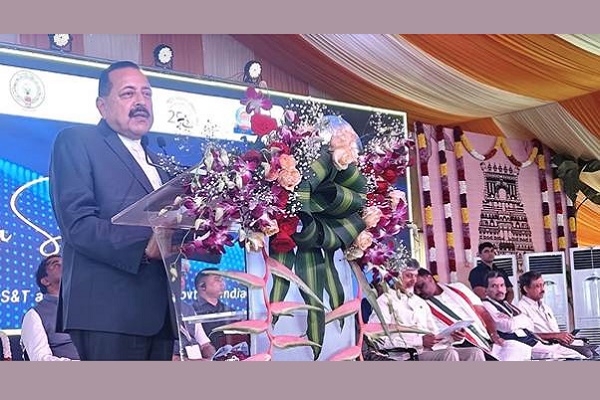

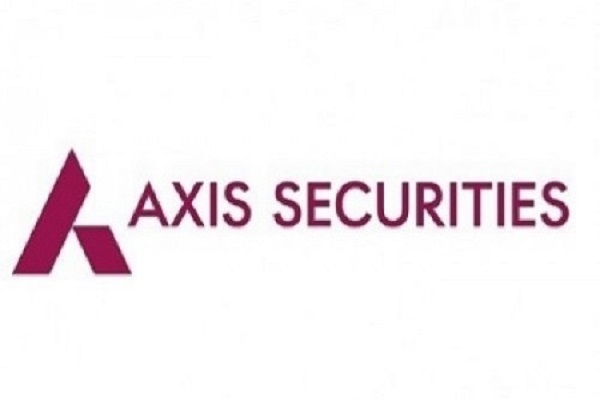
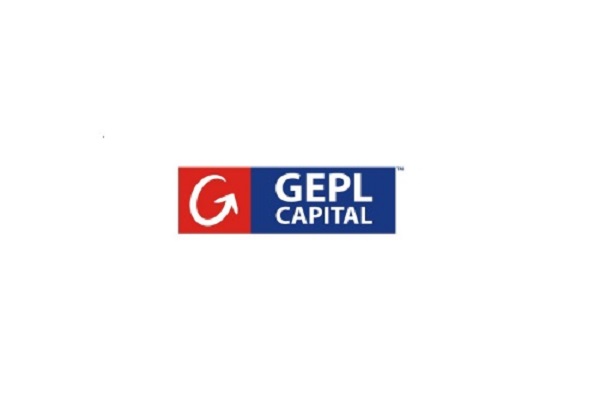

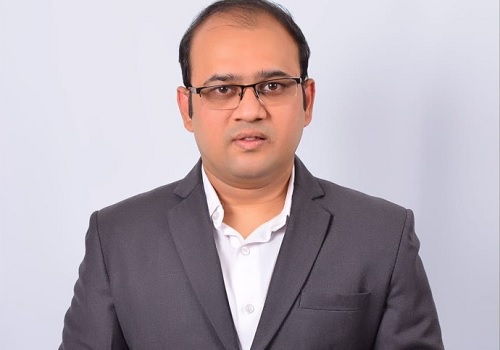
Tag News

Chemicals Sector Update : Crop & Chemical Dashboard: Farm economics under pressure by Kotak ...









